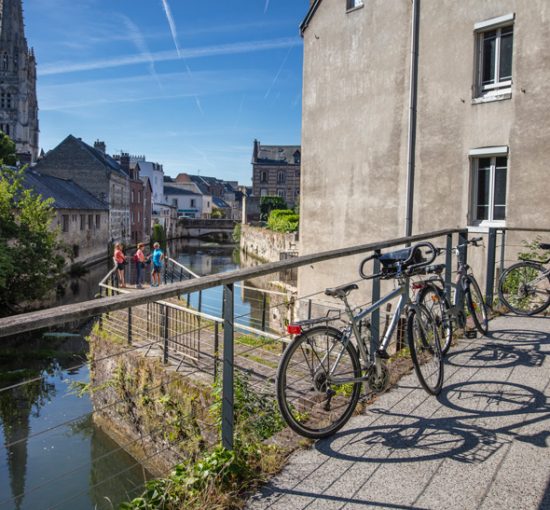The Museum of the Priory of Harfleur
Housed in a 15th-century inn frequented by Portuguese merchants in the flourishing days of the royal port of Harfleur, this establishment now illustrates local history from prehistoric times to the present day.
The permanent archaeological collections, consisting of luxurious glassware, imported Italic or Rhenish items (1st – 4th centuries), and common ceramics produced on the site, come from excavations carried out over the last fifty years.
















